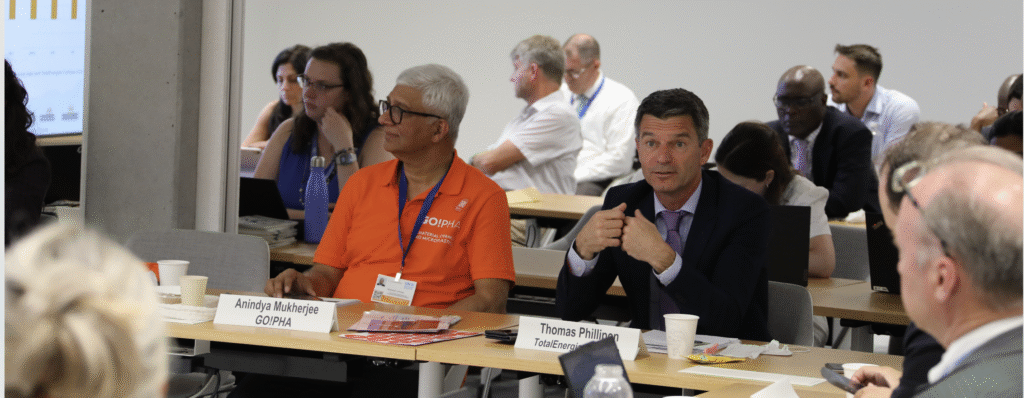By Thomas Philipon, CEO, TotalEnergies Corbion
As the world convenes in August for the fifth session of the UN’s Intergovernmental Negotiating Committee (INC-5.2), the plastics treaty negotiations stand at a tipping point. Negotiators are tasked with shaping a treaty that will define the future of materials, trade, and waste management. But amidst the debates over bans and recycling targets, one critical point must not be overlooked: solutions already exist—and they’re ready to scale.
At TotalEnergies Corbion, we believe PLA (polylactic acid)—a bioplastic made from renewable resources—offers a proven, practical, and circular alternative to conventional plastics. If we are serious about reducing plastic pollution while supporting sustainable development, PLA must be recognized as part of the global solution.
Recent third-party verified LCA data shows that PLA offers up to 85% lower carbon emissions than conventional plastics. That’s not a theory—it’s what we’ve measured at scale, using 2024 production data from our plant in Thailand.
Because PLA is made from plants like sugarcane and corn, it stores biogenic carbon, instead of releasing fossil carbon into the atmosphere. And unlike many other alternatives, it’s already being used by leading brands—in food packaging, compostable coffee capsules, medical disposables, 3D printing, and more.
Circularity accessible to All – Including the Global South
The biggest environmental solutions fail if they are too expensive or too complex to implement. That’s where PLA shines. Industrial composting, one of its key end-of-life (EOL) pathways, is affordable and scalable. Building a composting facility can cost up to 8 times less than building a plastic recycling plant. These facilities are also easier to manage and maintain—making them ideal for regions without sophisticated waste infrastructure.
Moreover, the raw materials for PLA—sugarcane and corn—are widely available, meaning that countries around the world can produce it domestically, provided there’s investment in skills and policy frameworks. And with only 0.001% of global agricultural land currently used for PLA, its expansion can happen without threatening food security.
What makes PLA even more compelling is its multi-pathway circularity:
- It can be mechanically recycled, like conventional plastics.
- It can be chemically recycled via hydrolysis, using low-energy processes that preserve carbon integrity and food-contact safety.
- And it can be industrially composted, which is especially critical for food-contaminated packaging that cannot be mechanically recycled.
This flexibility is exactly what we need in a fragmented global waste system. In countries where mechanical recycling is not yet available, industrial composting offers an immediate and lower-emissions option that keeps materials out of landfills.
Operational solutions for The Global Plastics Treaty
Let’s be practical: we don’t have the luxury of waiting for perfect technologies to mature. The treaty needs to prioritize ready-made, scalable, and proven materials. PLA fits that description.
Countries like Italy have shown what’s possible with the right composting infrastructure—operating more than 300 composting facilities and recovering valuable organics while generating biogas. Now imagine if that model were replicated globally, enabled by a material like PLA.
If the treaty mandates that all packaging be recyclable or compostable by 2030, as the EU’s PPWR already does, then materials like PLA should be embraced—not excluded.
PLA is not a silver bullet. But it is a vital tool in the circular economy toolbox—one that is operational today and scalable for tomorrow. It’s a material that helps countries leapfrog to more sustainable systems without waiting for perfect infrastructure or decades-long transitions.
If the Global Plastics Treaty truly aims to be equitable, science-based, and future-ready, then PLA must be part of that vision. Not just because it’s low carbon. Not just because it’s compostable or recyclable. But because it works—now—and it works across geographies, incomes, and industries.
Let’s not miss the opportunity to include real solutions in the treaty. The world doesn’t need more promises. It needs proven progress. PLA delivers that—and deserves a seat at the table.

